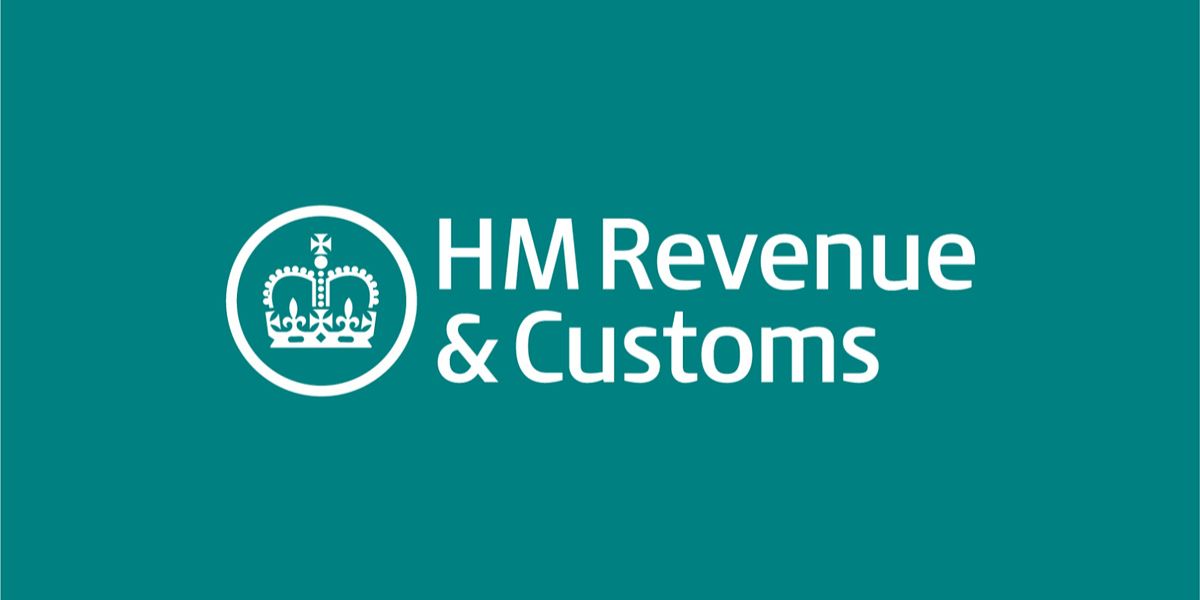On 22 June 2023 HMRC published details of the UK’s tax gap for 2021/22. The tax gap is a measure of the difference between the amount of tax that should have been collected by HMRC, and the amount that was actually paid. The tax that should be collected is the total tax revenue due if all taxpayers comply with the tax law and follow HMRC’s interpretation of the intention of the law.
The tax gap for 2021/22 is estimated at GBP 35.8 billion, amounting to 4.8% of the total theoretical tax liabilities. This shows that there has been a long-term reduction in the tax gap as a proportion of theoretical tax liabilities that could be collected, decreasing from 7.5% in 2005/2006 to 4.8% in 2021/2022.
Of the total tax gap, the tax lost in relation to income tax, national insurance contributions and capital gains tax amounted to 3% in the year and the value added tax (VAT) gap amounted to 5.4%. The corporation tax gap was 13.3% and the excise duty gap was 6.1%.
HMRC considers that the percentage tax gap provides a better measure of tax compliance over time, rather than using the cash figures for amounts of tax lost. The use of the percentage tax gap can take into account the effects of inflation, economic growth and changes to tax rates, and comparisons over time are therefore more accurate.
Tax gap analysed by taxpayer category
The data is also analysed by categories of taxpayers. The tax gap from small businesses accounts for 56% of the total tax gap analysed by taxpayer group, contributing 56% of the tax gap in 2021 to 2022. The tax gap from high net wealth individuals and other individuals was a lower proportion of the total tax gap in the year, at 5% and 6% respectively.
Taxpayer behaviour
The statistics also provide an analysis of the tax gap by reference to the types of taxpayer behaviour giving rise to the gap. These behaviours include non-payment of tax; the use of avoidance schemes; legal interpretation of complex transactions; taxpayer error; failure to take reasonable care; tax evasion; the hidden economy; and criminal behaviour targeting the tax system.
Methodology
The calculations of the tax gap estimates use internal and external data as well as a range of analytical techniques. As more accurate data is obtained, the estimates are updated. There are various sources of uncertainty and potential errors in the computation of the tax gap. HMRC therefore considers that the most important consideration in interpreting the data is the trend in the statistics rather than the absolute numbers. Where possible, the tax gap statistics show error margins or upper and lower limits.
The tax gap is mainly calculated using either top-down or bottom-up methodologies. The top-down approach looks at external data on consumption to arrive at an estimate of the tax base. The tax base is then used to calculate a theoretical amount of tax that should be paid, and this is compared to the actual amount of tax paid.
The bottom-up approach looks at internal data and operational knowledge to compute the potential tax loss. Various methods and data sources are employed to estimate the tax lost within each area and these are combined to estimate the tax gap.
















